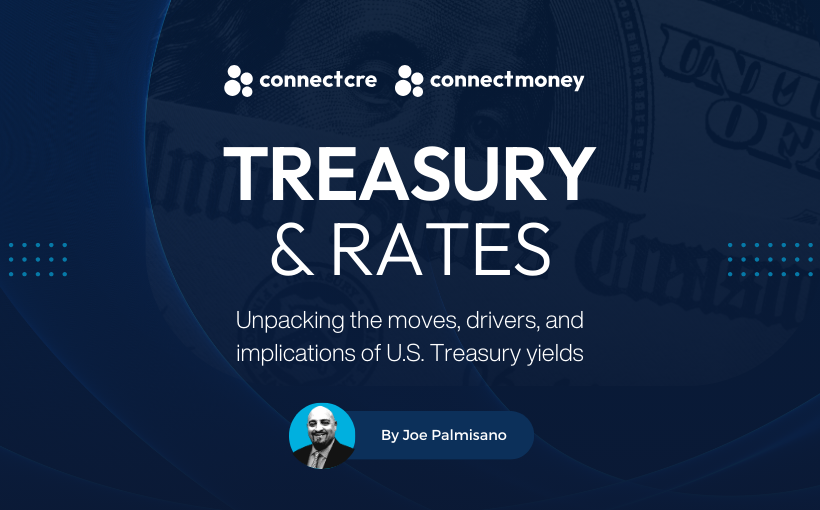Foreign Demand for U.S. Treasuries Shows Early Signs of Strain
The recent Treasury International Capital (TIC) data for April signals a pivotal shift in foreign demand for U.S. Treasuries, raising concerns among market analysts and investors. After March witnessed an unprecedented net inflow of $253 billion, April reversed this trend with a notable net outflow of $14.2 billion.
Declining Foreign Investment in U.S. Treasuries
Key Contributors to the Outflow
The primary driver of April’s decline can be attributed to a $7.8 billion net outflow in long-term securities. Notable figures include:
- Foreign private investors sold $20.5 billion in long-dated U.S. assets.
- Foreign official institutions decreased their holdings by $30.1 billion.
Within the Treasuries category, the data revealed that foreign private investors liquidated a substantial $46.8 billion of long-term government debt. While this figure reflects a significant sell-off, foreign central banks partially offset these losses with $6 billion in net purchases.
Current Treasury Holdings
Despite the April outflows, total foreign Treasury holdings remain robust, sitting at approximately $9.01 trillion—a slight decline of $36 billion since March’s peak. However, real-time data from the New York Fed reveals a sharper $90 billion drop since March, primarily driven by selling from the official sector. This paradox highlights an emerging tension between total Treasury holdings and actual transactional dynamics.
Factors Behind the Pullback
Several elements likely influenced the slowdown in foreign demand:
- Trade Policy Tensions: Recent tariff announcements have sparked volatility, leading foreign investors to reassess their exposure to U.S. Treasury securities.
- Erosion of Demand: April’s sell-off represents one of the largest monthly liquidations of foreign Treasuries since December, indicating a worrying trend.
- Weak Auction Participation: Long-duration Treasury auctions have seen a marked decline in bid-to-cover ratios, reaching multi-year lows.
Market Implications of Declining Demand
The softening of foreign interest in U.S. Treasuries poses several critical implications for the market:
- Liquidity Concerns: A reduction in foreign participation—particularly from price-insensitive official buyers—thins market liquidity, making secondary market conditions more fragile during stress periods.
- Rising Risk of Term Premium Expansion: With fewer structural buyers, the long end of the yield curve faces upward pressure, amplifying the risk of increased term premiums.
Policy Constraints and Fiscal Concerns
Contrary to previous episodes of market stress, the current economic climate limits policy flexibility:
- Federal Reserve Limitations: Elevated inflation constrains the Fed’s ability to provide swift liquidity support in the event of market shocks.
- Fiscal Worries: Large and persistent budget deficits are raising sensitivities to fiscal narratives among both domestic and international investors.
Strategic Outlook for Investors
Given these evolving dynamics, market participants are leaning towards a defensive approach in long-duration Treasuries. Here are key considerations:
- Selective Positioning: Investors may need to adopt a more strategic positioning across the yield curve.
- Critical Monitoring: Upcoming TIC releases, custodial flows, and auction results will be vital metrics for assessing whether foreign retrenchment becomes a more embedded challenge through the latter half of 2025.
While core fixed income remains essential in multi-asset portfolios, the margin for error in the supply-demand balance is narrowing, raising the specter of increased volatility in the Treasury markets.
Conclusion
The unfolding situation surrounding foreign demand for U.S. Treasuries underscores a critical juncture in the financial landscape. Investors must stay vigilant and informed as these trends develop, given the broader implications for market stability and performance.
For more insights on Treasury markets and rates, explore our archives on Treasury & Rates.
In crafting this article, various elements such as external links and essential keywords were considered to enhance SEO effectiveness and overall engagement.


